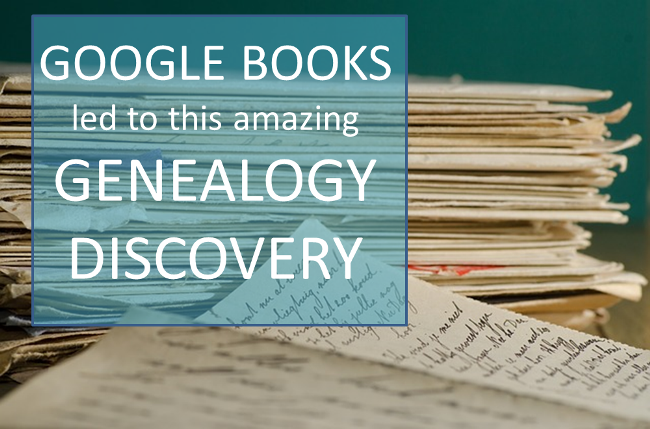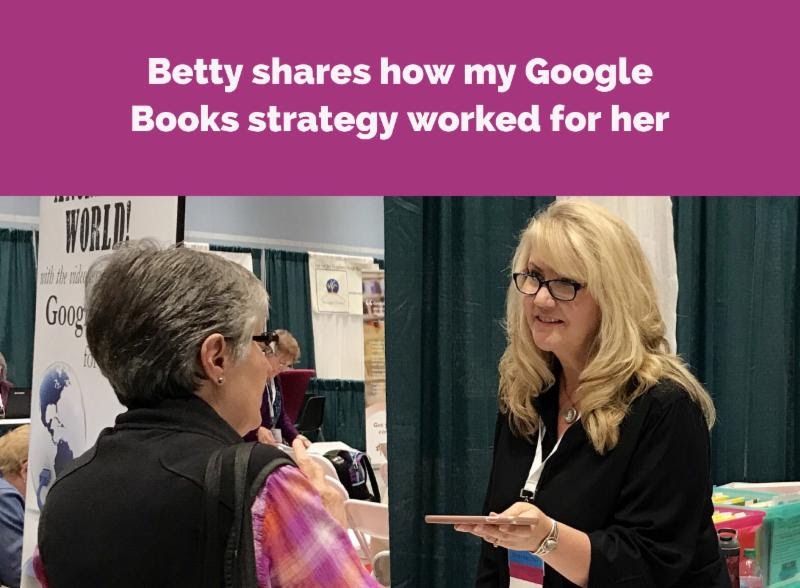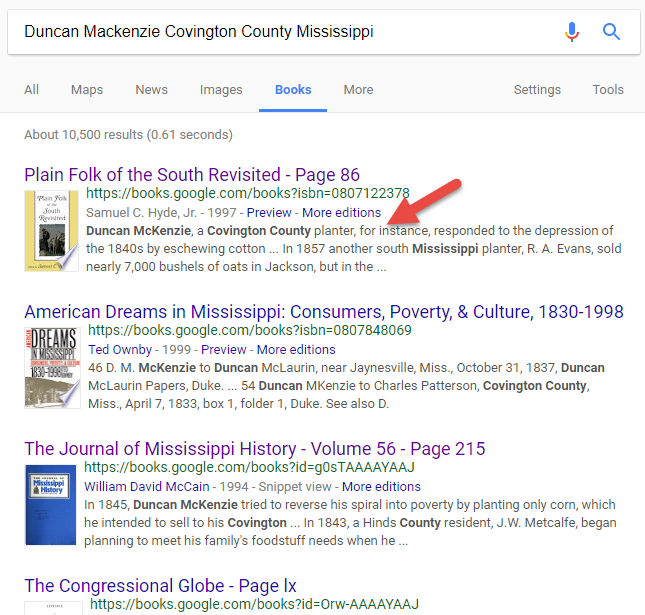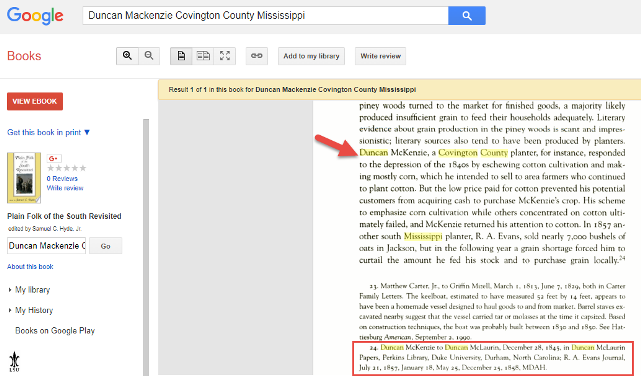DNA Testing for Family History
From Diahan Southard, Your DNA Guide here at Genealogy Gems: DNA testing is one of the most personal ways to get involved in your family history. You have DNA from your parents, who have DNA from their parents, and so it goes, back into your greats and great-greats. The technology of genetic genealogy is all about tapping into that DNA record and pulling out information that might be useful in your family history. DNA can do this for you in two ways:
- First, it connects you to places. These are places where your ancestors came from a hundred, a thousand, or tens of thousands of years ago.
- Second, it connects you to people. These people are your genetic cousins, other living people who have taken the same DNA test that you took. The similarities in your DNA tell you that you share a common ancestor. You can then examine the pedigree of your match and work with them to help verify your family history, or give you new ideas about who your ancestors might be.
Types of DNA Tests for Family History
You have three choices of DNA tests, each with its own unique purpose.
Autosomal DNA – For any ancestor, male or female, who is fewer than 5 generations from you, you can take the autosomal DNA test at either Family Tree DNA, AncestryDNA, 23andMe, or MyHeritage to find out more about that individual. Remember with the autosomal DNA that you always want to test the oldest generation first. So anyone who does not have both of their parents living should take the autosomal DNA test.
mtDNA – If I want to know about a female ancestor, let’s say Mary West, I need to find Mary’s daughter’s daughter’s daughter’s, etc. child (male or female) to take the mitochondrial DNA (mtDNA) from Family Tree DNA.
YDNA – Essentially, if you want to know about a male ancestor, you need to find a direct male descendant to be tested. So if I want to know about my 3X great grandfather Morris Mitchell, I need to find Morris’s son’s son’s son, etc. until I find a living male with the Mitchell surname who can be tested on the Y chromosome DNA (mtDNA) test at Family Tree DNA.
DNA Testing Companies
There are several companies that test DNA for family history including:
Each of these companies offers a very similar autosomal DNA test, but each has its own unique tools and databases. Decide which company you want to test with by evaluating things like:
- their website accessibility
- their company goals
- and especially the size of their database
You can see a table comparing these companies here.
Great (DNA) Expectations
The best thing you can do when setting out on your genetic genealogy journey is set good expectations. You can expect that the test will document the personal genetics of the person who takes it. By so doing, you are creating another genealogy record that will last for generations. This test will link you to your ancestors via your cousins. That means that you may take the test looking for ancestors, but what you get are cousins. It will take traditional genealogy work to turn those cousin connections into ancestral connections. Above all, expect that this is a growing industry, and what we know today is different than what we will know tomorrow, so enjoy the journey!
Genetic Genealogy for the Layman
There are several comprehensive books on Genetic Genealogy out there. However, for the layman who just wants to understand their DNA test results and get some additional value from them, an entire book full of scientific explanations can be overwhelming and daunting. The following email is one we receive regularly:
“Could you direct me to an understandable publication which explains dna results in layman’ terms ? Thank you” – Anne B.
Genealogy Gems Publications is proud to publish Diahan Southard’s wonderful series of DNA quick reference guides for understanding your DNA results in plain language, and helping you get the most out of the investment you made in testing.
8 Guides to Help You Understand and Use Your DNA Results
The complete collection of DNA quick reference guides cover:
- The testing companies: AncestryDNA, 23andme, Family Tree DNA, MyHeritage
- The tests: Autosomal, YDNA, Mitochondrial
- How to find your ancestors using your DNA.
All guides are available in convenient digital download format.
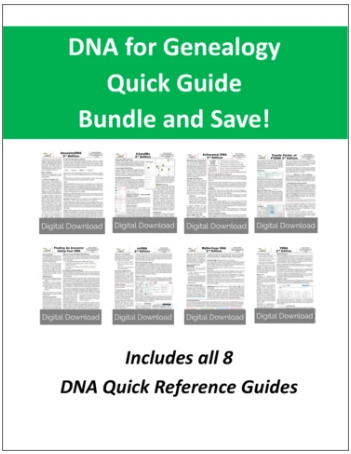
Click here to shop now: Save on the set of 8 DNA quick reference guides at the Genealogy Gems store.
More DNA Resources from Genealogy Gems
Free Videos: Here’s a link to our DNA videos on YouTube with the author of the guides, Diahan Southard. Here’s a great one to start with:
Free Podcast: Diahan has a regular segment on the free Genealogy Gems Podcast where she answers your questions and provides invaluable insights into the latest in genetic genealogy.
Free Articles: You can browse the complete archive of DNA articles at Genealogy Gems. The most recent will appear first and then scroll down to read through the past articles.
DNA in the News
As of March 28, 2017, AncestryDNA customers can see if their ancestors belonged to about 300 different Genetic Communities, small migratory groups that can be identified by DNA. In the next free Genealogy Gems podcast episode #202, you will learn more about it straight from Ancestry’s Chief Scientific Officer, Catherine Ball. For more information on Genetic Communities, watch the video below:
Want to get tested? Get your AncestryDNA test here.

